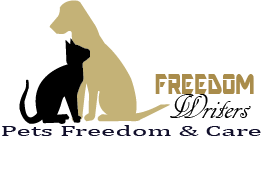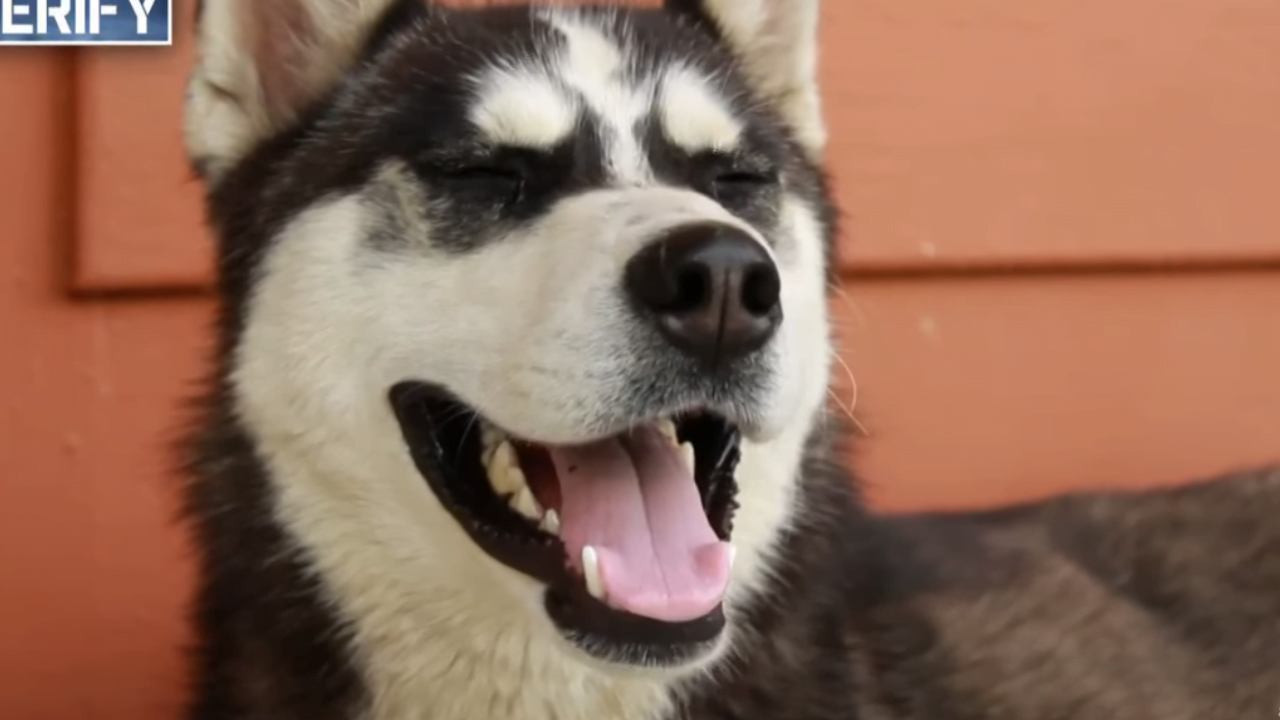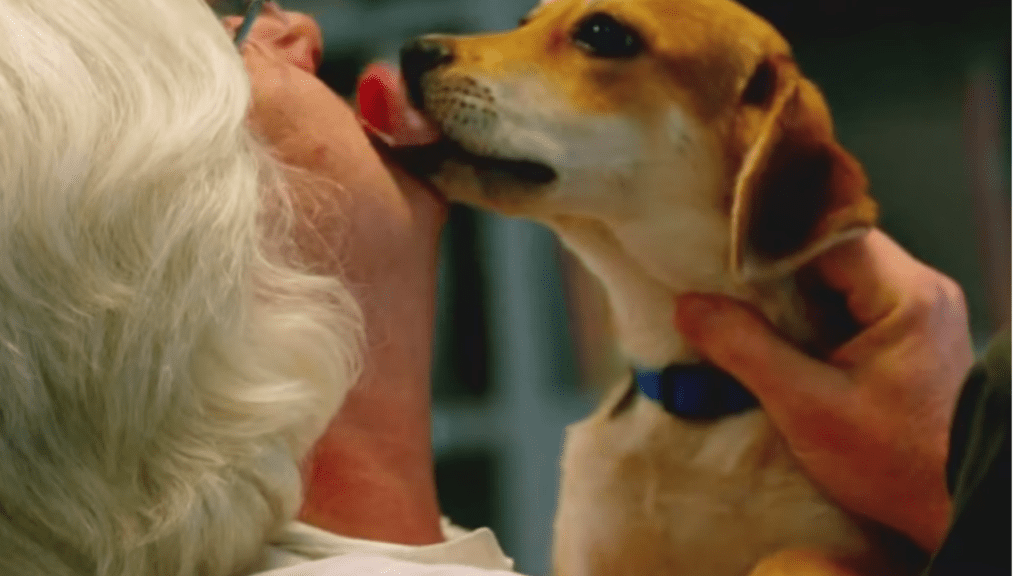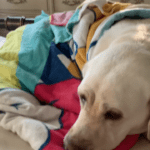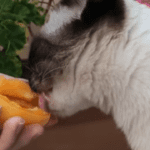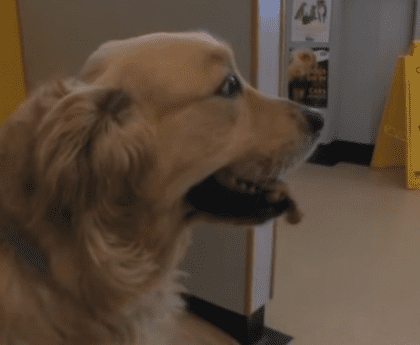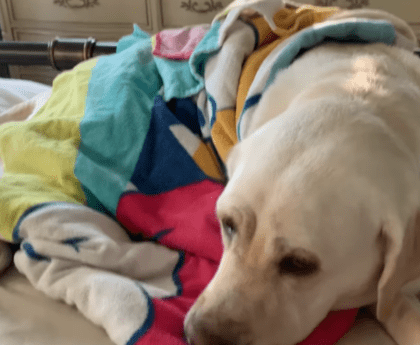Can Dogs Spit: Understanding Canine Salivation
In our ever-curious exploration of our furry companions, we often find ourselves pondering intriguing questions about their behaviors. One such question that might have crossed your mind is, “Can dogs spit?” This seemingly simple query opens the door to a fascinating world of canine anatomy and behaviors. In this article, we will delve into the complex world of canine salivation, exploring the reasons behind it and shedding light on the common myths surrounding this topic.
The Basics of Salivation
What is Salivation?
Salivation, also known as drooling or slobbering, is the process of producing saliva. Saliva is a clear, watery fluid produced by salivary glands in the mouth. It plays a crucial role in the digestive process and helps maintain oral health in both humans and animals.
Why Do Dogs Salivate?
Dogs salivate for various reasons, and it’s an entirely normal physiological process for them. Here are some common triggers for canine salivation:
- Food Anticipation: When dogs smell or see food, their salivary glands kick into action in preparation for eating.
- Stress or Anxiety : Some dogs may drool excessively when they are stressed, anxious, or fearful. This is a natural response to emotional stimuli.
- Excessive Heat : Dogs use panting as their primary method of cooling down, but excessive heat can also lead to increased salivation.
- Health Issues : Certain medical conditions or dental problems can cause excessive salivation in dogs. It’s essential to monitor this and consult a veterinarian if it persists.
Dispelling the Myth: Can Dogs Spit?
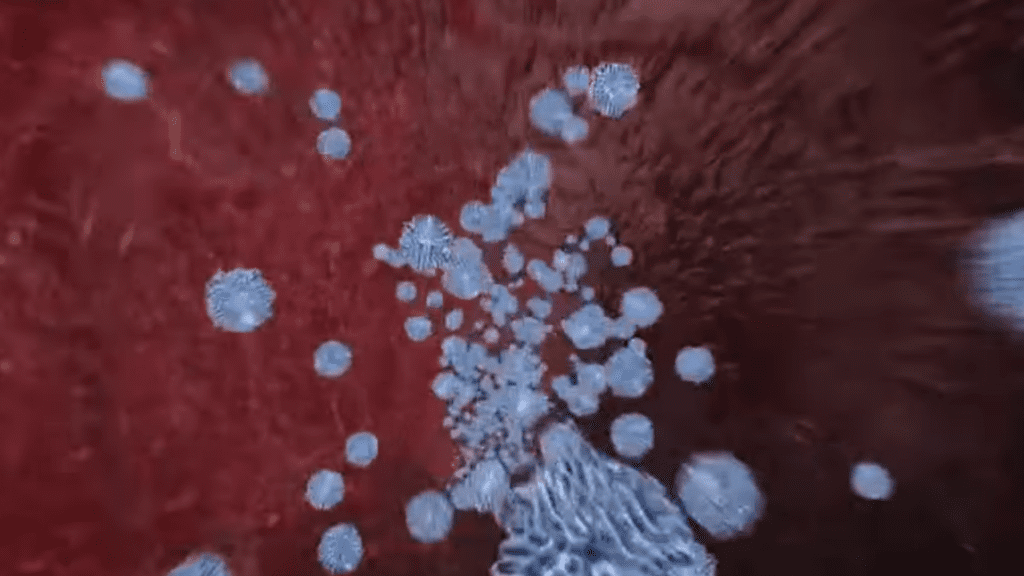

The Anatomy of a Dog’s Mouth
To answer the question, “Can dogs spit?” we need to understand the anatomy of a dog’s mouth. Unlike humans, dogs do not have well-developed cheek muscles and lips to facilitate spitting. Instead, their mouths are designed for other functions, such as biting, chewing, and licking.
The Slobbering Reality
While dogs can’t spit in the way humans do, they do have an abundance of saliva that they produce and may let it drip from their mouths. This is why many dogs are notorious for their slobbering tendencies, especially certain breeds with loose jowls like Saint Bernards or Bloodhounds. It’s important to note that excessive drooling can be a sign of dental issues or health problems, so it’s not always a benign behavior.
The Role of Saliva in a Dog’s Life
Digestion and Lubrication
Saliva is not just a passive fluid; it serves various vital functions in a dog’s life. It aids in the initial stages of digestion by breaking down starches in the food. Additionally, saliva helps to lubricate the esophagus, making it easier for food to pass into the stomach.
Cleaning and Wound Healing
Saliva contains enzymes and proteins that can help clean wounds and promote healing. You may have noticed your dog licking its wounds; this instinctual behavior is a natural way for dogs to care for injuries.
| Dos | Don’ts |
|---|---|
| 1. Regular Dental Care | 1. Don’t Ignore Persistent Drooling |
| Ensure your dog receives regular dental check-ups and cleanings to maintain oral health. | If your dog is drooling excessively for an extended period, don’t ignore it. Consult a veterinarian to rule out underlying health issues. |
| 2. Manage Excitement | 2. Don’t Punish Your Dog for Drooling |
| If your dog drools when excited or happy, manage their excitement through positive reinforcement training and play. | Avoid scolding or punishing your dog for drooling, as it’s a natural behavior that they can’t control. |
| 3. Address Motion Sickness | 3. Don’t Overfeed Your Dog |
| If your dog drools excessively during car rides due to motion sickness, consult your vet for guidance on managing this issue. | Overfeeding your dog can lead to excessive drooling, so stick to a balanced diet and appropriate portion sizes. |
| 4. Provide Chew Toys | 4. Don’t Give Them Inappropriate Foods |
| Give your dog appropriate chew toys to help stimulate saliva production and maintain healthy teeth and gums. | Avoid feeding your dog foods that are toxic or harmful to them, as this can lead to excessive drooling and health issues. |
| 5. Keep a Clean Environment | 5. Don’t Neglect Dental Hygiene |
| If your dog drools a lot, ensure you keep their living area clean and dry to prevent any discomfort or unpleasant odors. | Neglecting dental hygiene can lead to dental problems and increased drooling. Brush your dog’s teeth regularly or provide dental chews as recommended by your vet. |
By following these dos and don’ts, you can effectively manage your dog’s drooling, ensure their well-being, and maintain a happy and healthy relationship with your furry friend.
FAQs
- Do all dogs drool?
- No, not all dogs drool excessively. The tendency to drool varies among breeds, with some being more prone to it than others.
- Is excessive drooling always a sign of a problem?
- While some dogs naturally drool more than others, a sudden increase in drooling or persistent drooling can be a sign of dental issues or health problems.
- Can I train my dog not to drool?
- You can’t eliminate a dog’s natural tendency to drool, but you can manage it through proper dental care and regular check-ups.
- Are there any breeds that don’t drool at all?
- Some breeds are known for minimal drooling, such as the Poodle or the Basenji. However, all dogs produce saliva to some extent.
- Is excessive drooling contagious among dogs?
- No, excessive drooling is not contagious. It is a natura l response to various triggers and is not passed from one dog to another.
- Why does my dog drool excessively during car rides?
- Many dogs experience motion sickness during car rides, which can lead to excessive drooling. To alleviate this, consider shorter trips or consult your veterinarian for advice on managing motion sickness.
- Is there a connection between a dog’s diet and drooling?
- Yes, a dog’s diet can influence their salivation. Certain foods, especially those with strong odors or flavors, can trigger more salivation in anticipation of a meal.
- Can excessive drooling be a sign of happiness in dogs?
- Yes, sometimes dogs will drool when they are excited or happy. This is often seen when they are about to play, go for a walk, or receive attention from their owners.
- How can I manage my dog’s drooling if it’s becoming a problem?
- If excessive drooling is causing issues, such as wet floors or discomfort for your dog, consult with a veterinarian. They can assess the underlying causes and recommend appropriate treatments or management strategies.
- Are there any health risks associated with excessive drooling?
- While occasional drooling is normal, chronic or sudden excessive drooling can indicate health problems like dental issues, oral infections, or digestive disorders. It’s essential to monitor your dog’s drooling habits and seek veterinary care if you notice any concerning changes.
Conclusion
- Understanding the intricacies of canine salivation not only helps us appreciate our furry companions better but also allows us to provide them with the care and attention they need. Dogs may not be able to spit like humans, but their saliva serves a vital role in their overall health and well-being.
- So, the next time you see your dog slobbering or drooling in excitement or anticipation, you’ll know that it’s just their way of expressing themselves and adapting to the world around them. Embrace their unique quirks, and remember that a little drool is a small price to pay for the unconditional love and joy they bring to our lives.
So, can dogs spit? The simple answer is no, they cannot spit in the same way humans can. However, they do produce saliva abundantly, which can lead to slobbering, especially in certain breeds. Understanding the role of saliva in a dog’s life is crucial for responsible pet ownership. If you notice any excessive drooling or behavior changes in your furry friend, it’s always best to consult a veterinarian to rule out any underlying health issues.
